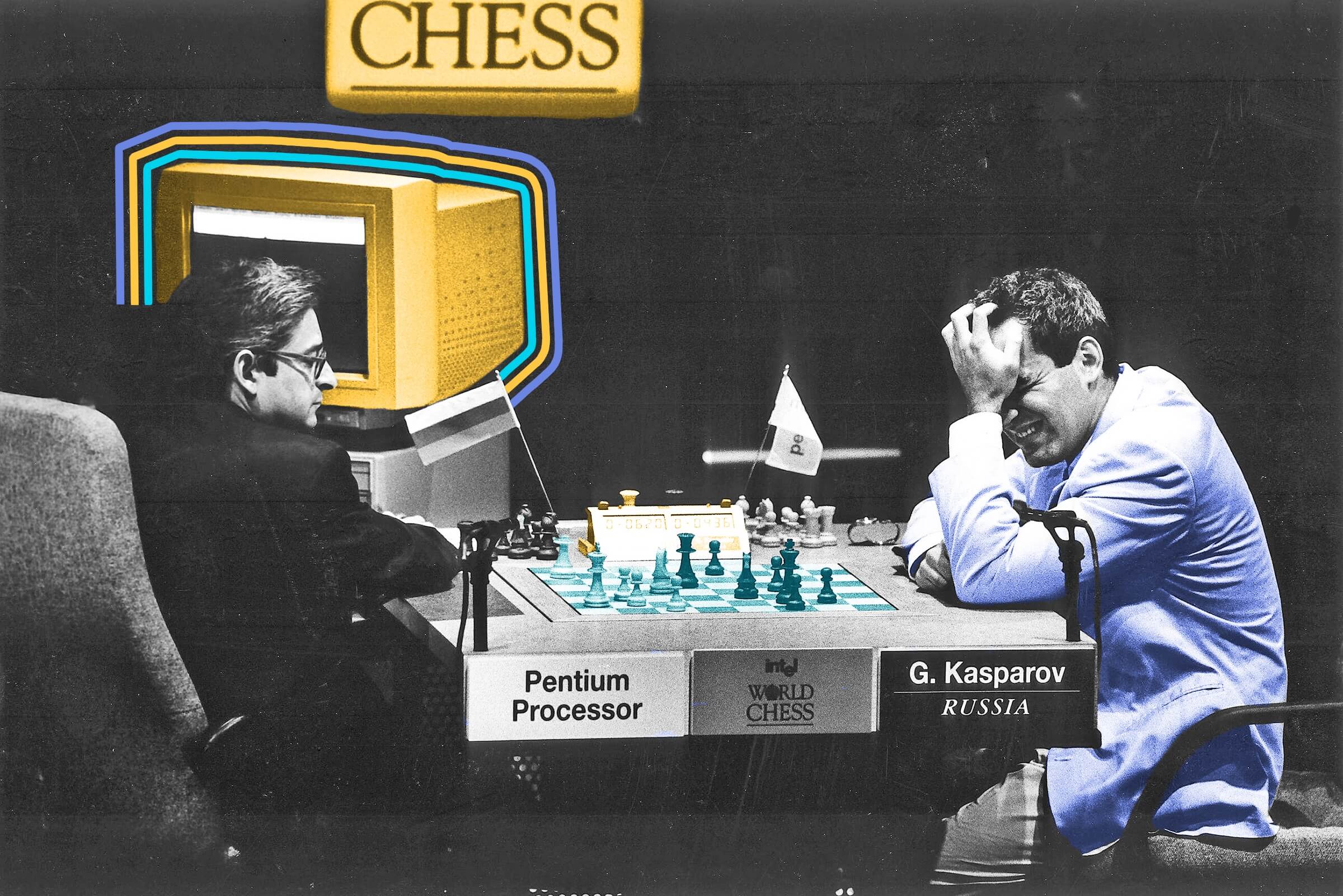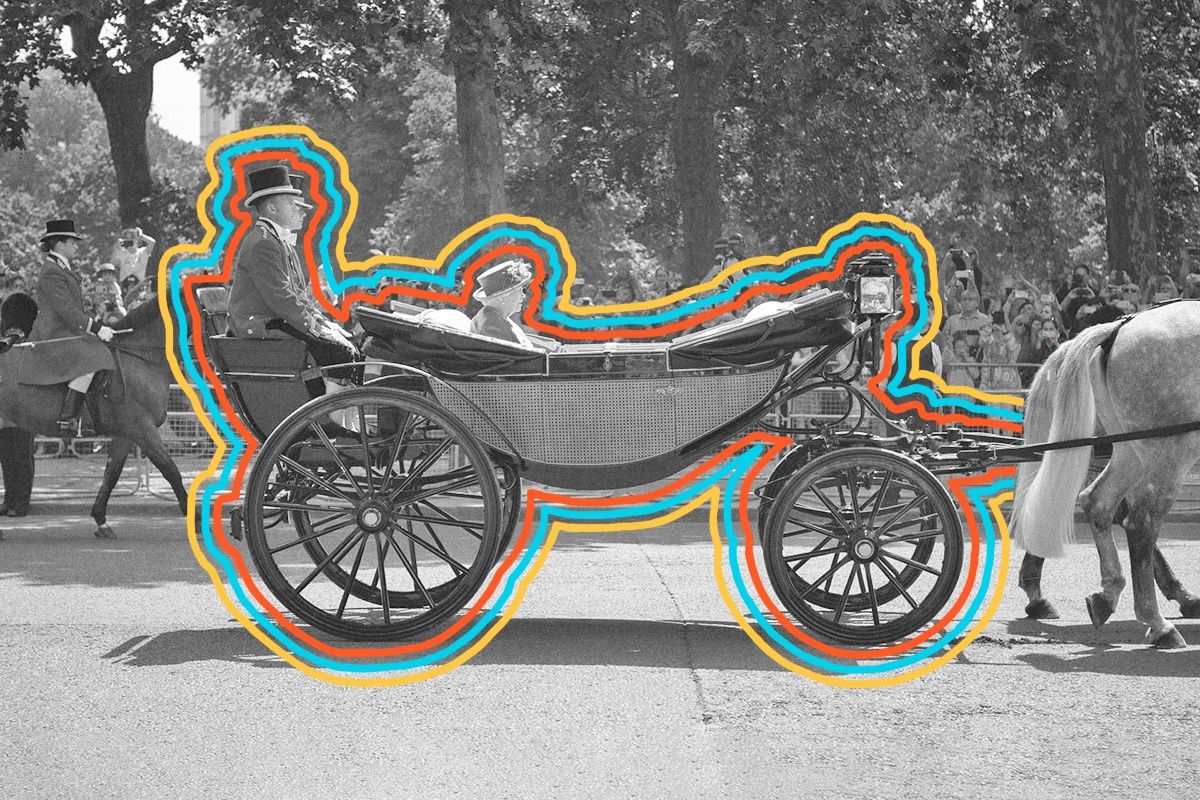
No human has beaten a computer in a chess tournament for more than 15 years.
In 1997, the world of chess was forever changed when reigning world champion Garry Kasparov was finally defeated in a major match. The opponent who bested him wasn’t a fellow grandmaster, however — it was Deep Blue, an IBM supercomputer created for the sole purpose of playing chess. (The quirky name references both the supercomputer in The Hitchhiker’s Guide to the Galaxy franchise and IBM’s corporate nickname, Big Blue.) The event irrevocably altered our understanding of the game and how it’s played, and now no human has beaten a computer in a major chess tournament for more than 15 years. (The last official match won by a human was in 2005.) According to Jon Kleinberg, Professor of Computer Science at Tisch University, “in chess, computers are in every possible sense better than we are at this point.” Checkmate, humans.
In spite of that, experts say, chess has yet to be “solved” — and possibly never will be, whether by human or machine. The game has persisted for more than 1,400 years in no small part due to the nearly infinite possibilities it contains. That hasn’t stopped us from trying to completely master it, of course, something we’ve been using computers for since the 1950s. This history even inspired the critically acclaimed movie Computer Chess, which premiered at the 2013 Sundance Film Festival and put a lo-fi comedic spin on the “game of kings.”
When chess pieces representing queens first showed up around the 10th century, replacing a piece representing a king’s minister, they could only move one square diagonally. This changed in the late 1400s, when the game piece grew far more powerful, and some historians believe the rise in power was connected to the reign of Queen Isabella of Castile (Isabella I) — best known for unifying Spain and sponsoring the voyage of Christopher Columbus.

